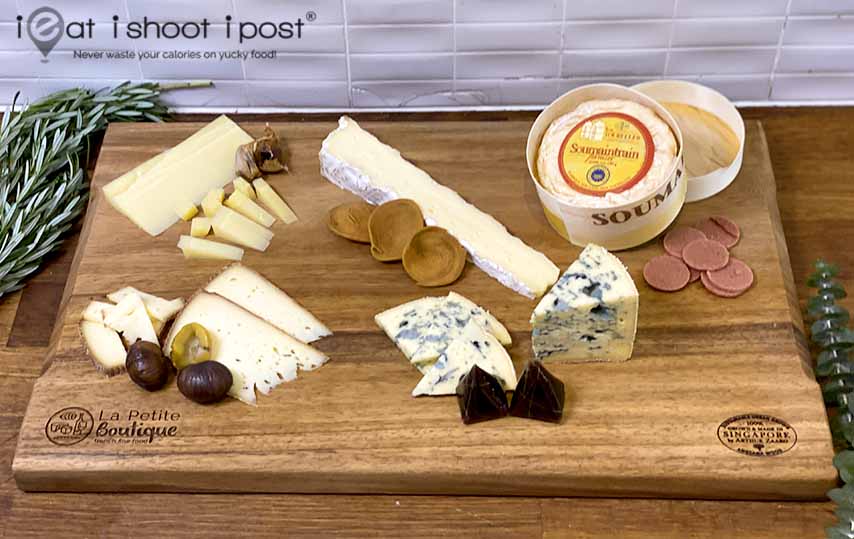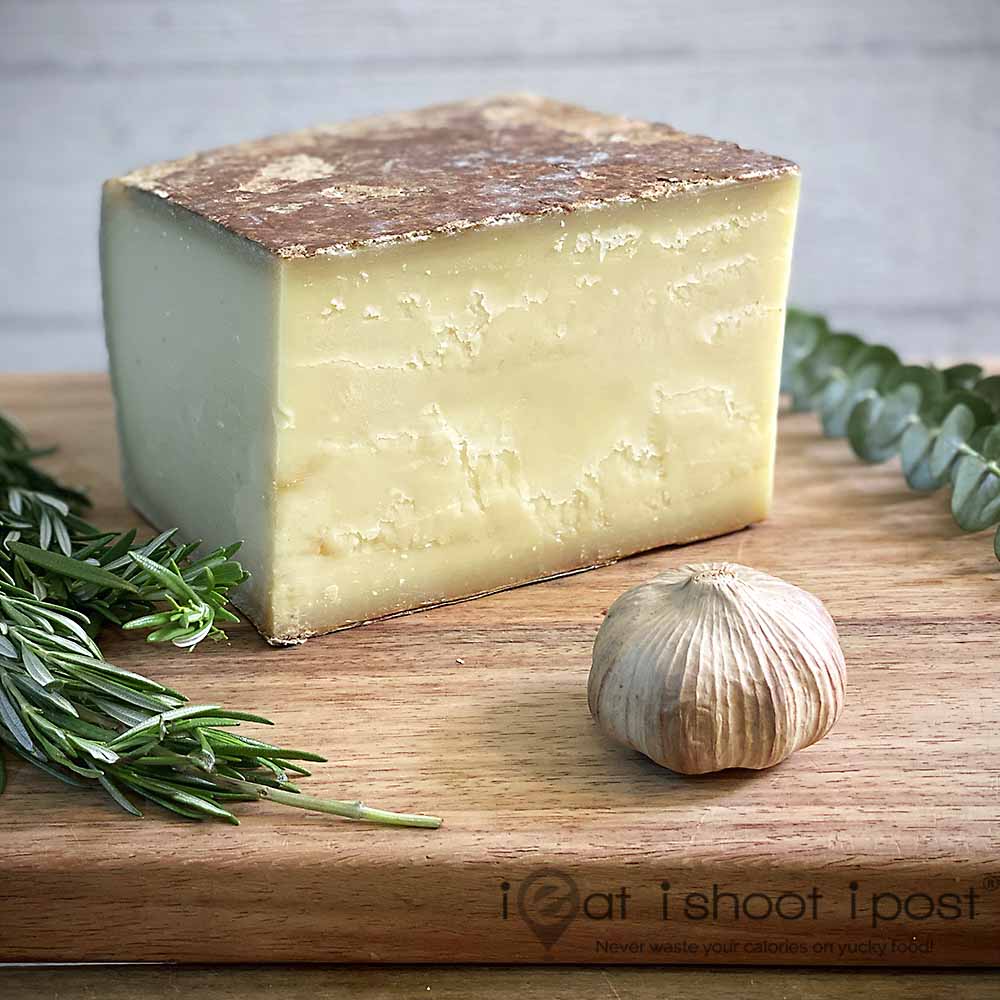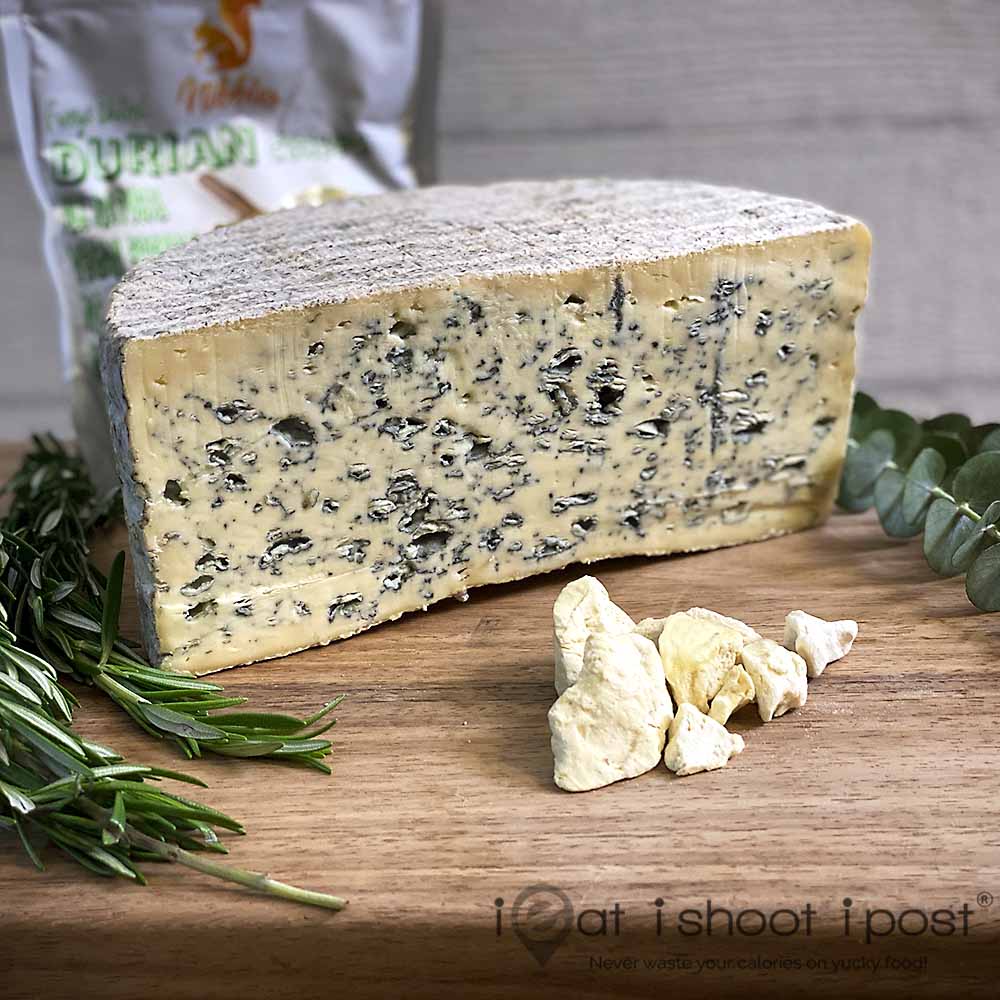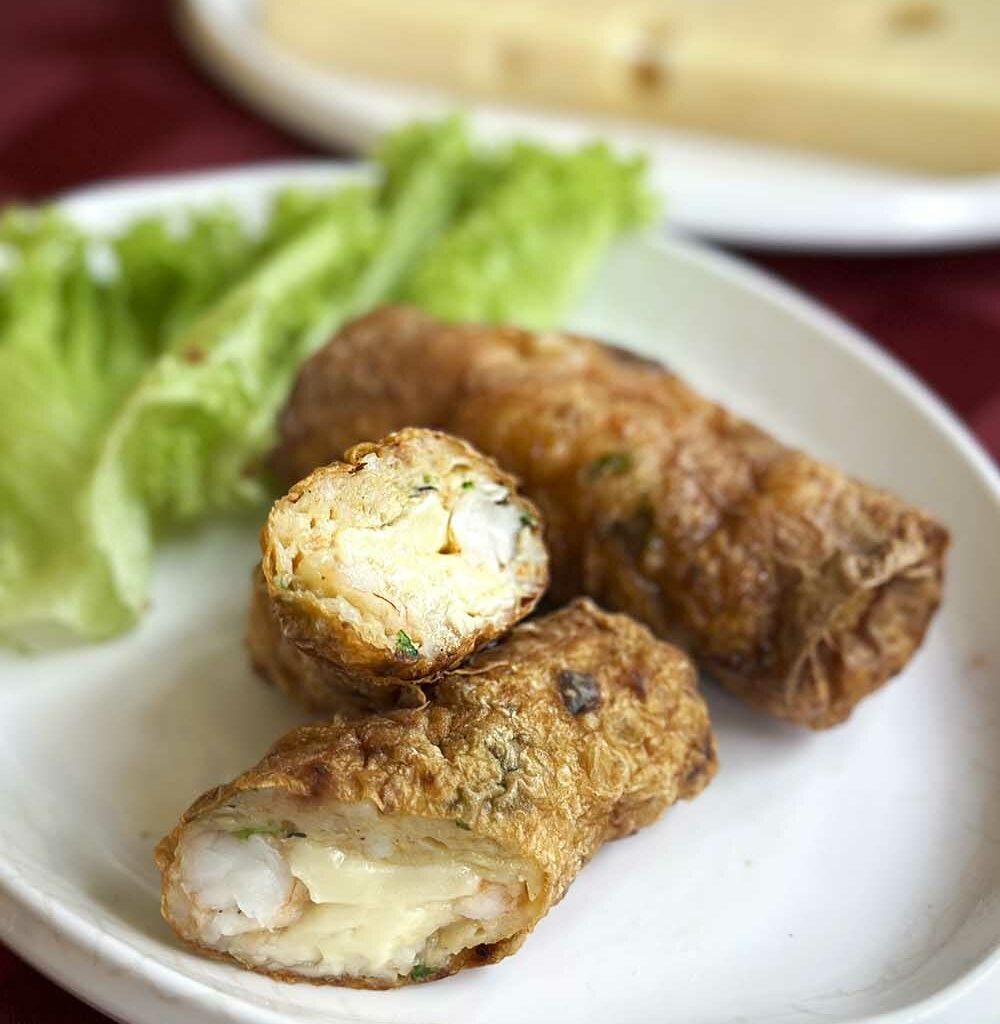 Thanks to homeofcheese_sg, the last few months have been another exhilarating period of my lifelong gastronomic adventure as I embarked on my journey into the marvelous world of French cheeses!
Thanks to homeofcheese_sg, the last few months have been another exhilarating period of my lifelong gastronomic adventure as I embarked on my journey into the marvelous world of French cheeses!
I have been a cheese lover ever since my first taste of “cheddar cheese”! In those days, “cheese” was just something yummy that came out of a blue box wrapped with aluminium foil! That was the only cheese that was sold at the supermarket! As I grew older, the same cheese appeared in slices, then they became individually wrapped and then it appeared as spreadable cream cheese in glass bottles with pop cap tops! I soon found that the cheese spread tasted even better with orange marmalade in a sandwich! My mum thought I was just weird to be eating cheese with jam. I realise now that I had inadvertently stumbled upon my first successful cheese pairing!
The people at the homeofcheese_sg gave me the special mission of pairing french cheeses with local flavours – an assignment I gladly obliged.
In this post, I want to introduce you to five lovely French cheeses paired with local ingredients. This was done with the help of the vivacious Morgane Foucaud, owner of La Petite Boutique in Serangoon Gardens. If you are keen to try these cheeses, they are available as a cheese platter which you can order from La Petite Boutique!
So without further ado, I present to you …
My SingaFrench Cheese Platter!

Comté – 18 months | Black Garlic
Comté has become one of my favourite cheeses ever since I bit into a slice of 18 mth Comte at La Petite Boutique. This is an Alpine cheese with a history of over 8 centuries and is the first to be granted AOP (PDO) denomination. On the Swiss side of the Alps, the same type of cheese is known as Gruyère. Comté is AOC certified and is made to strict regulations. The milk has to be from Montbéliard and French Simmental cows, or a cross bred of the two.
This particular Comté is from Guy Rieme. It was made traditionally in a copper vat and It is is carefully selected and matured in the Tunnel of Granges Maillot, an old train track tunnel build in the rock.
Comté can be sold as young as 4 – 6 months when the flavour is delicate and sweet. As it matures, the flavour becomes more complex and crunchy amino acid crystals start appearing. The paste of the 18 month Comté is smooth and dense and is sweet and nutty and paired really well with the pungent and bittersweet flavour of black garlic. The flavour of black garlic is quite strong so if you use a whole clove it may overwhelm the milky flavour of the cheese. But just a smidgen will bring a whole new dimension of flavour to the cheese!

Brie de Meaux | Pig Ear Biscuits
Brie is one of the most popular cheeses in the world. It is one of those cheeses you will always find in the cheese section of supermarket shelves presented either as a wedge or a single 200g round portion. The term “Brie” is used quite loosely to describe a mild soft cheese with a bloomy white rind.
However, the French will tell you that any “brie” that is not made in France isn’t a real “brie”, especially not those that are presented in small 200g rounds. Brie usually come in wheels that are typically 9 – 17 inches in diameter. Camembert cheese which is closely related to the Brie is the one which is usually presented in rounds of about 5 inches in diameter.
A proper Brie, like the Brie de Meaux should come from the region of Brie which is about 50km east of Paris. Its history can be traced as far back as the year 774 when Emperor Charlemagne was said to have tasted the cheese. Brie de Meaux was awarded the title of “Le Roi des Fromages” (The King of Cheeses) in 1814 at the European Tournament at Congress of Vienna.
The cheese has a soft paste and a typical bloomy rind which is the result of inoculation of penicillium candidum mold. It is quite an easy cheese to eat. It is soft, buttery and milky and the flavour of mushrooms is especially strong in the rind.
We paired the traditional “pig ear” biscuits with the brie and found it worked amazingly well! The savoury, crunchy biscuit gave a good contrast in texture while the flavour complemented the cheese nicely.
See how Brie de Meaux is made in France.
Tomme des Croquants | Roasted Chestnuts
What sets this cheese apart from other Tomme style cheeses is the unique flavour imparted to the cheese by the rubbing of walnut liqueur during the maturing process. The rind is typically dark brown with ridges imparted by the mold. The paste is soft and smooth with a milky sweet flavour and a lovely distinctive walnut finish.
We found that nutty, toasty flavour of roasted chestnuts complemented this cheese very well! The chestnut adds an extra dimension of sweetness and contrasting texture to the cheese.

Blue d’avergne | Freeze Dried Durian
Bleu d’Avergne is a French blue cheese from the region of Auvergne in south-central France. It is made from cows milk which can be raw or pasteurised. The flavour is not as pungent as a Roquefort as it is inoculated with Penicillium glaucum instead of Penicillium roqueforti. What results is a bleu cheese that is relatively intense, buttery, spicy and peppery but not as metellic and punchy as a really strong blue like Roquefort. The texture is smooth but it does crumble nicely which makes it good for salads.
We initially paired the blue cheese with durian paste but found that it didn’t really pair well. But sticky with the durian theme, we finally found that it actually goes well with a milder, freeze dried durian!

Soumaintrain | Haw Flakes
Finally we have a creamy, pungent wash rind cheese to complete our cheese platter. Soumaintrain is a farmhouse (fermier) French cheese made with raw cow’s milk in the Burgundy region of France. The sticky orange rind is a result of multiple washing of brine and Marc de Bourgogne.
The paste is soft, creamy and pungent. It is not as gloopy as some of the other wash rind cheeses like epoisse, being more like light cream rather than melted cheese. It is usually eaten young and the flavour is mild, sweet and milky but that barnyard funk is still unescapable.
We paired the cheese with Haw Flakes which is something I am sure is familiar to anyone who has grown up in Singapore. The fruity, tangy sweetness of the haw flakes pairs well with strong cheeses like the Soumantrain but unlike port wine jelly, the disc shape of the flakes also acts as a handy scoop for the highly dippable cheese.
This post is made possible by homeofcheese_sg, co-funded by the EU.











